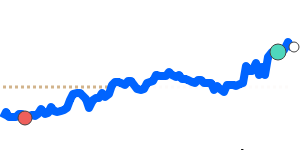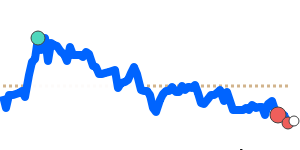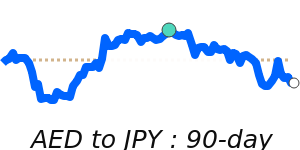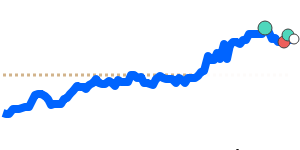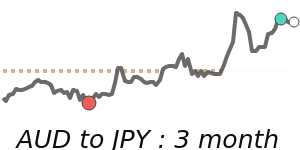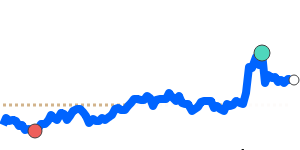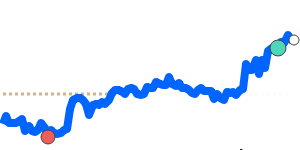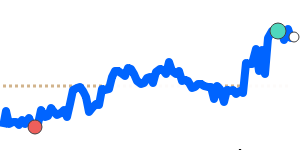The Japanese yen (JPY) has recently faced considerable pressure, reflecting a notable decline in its value against major currencies. As of now, JPY to USD is trading at 90-day lows near 0.006485, which is approximately 3.3% below its three-month average of 0.006705. The currency pair has exhibited stability within a range of 5.3%, fluctuating between 0.006485 and 0.006827.
Analysts highlight several key factors influencing the yen's performance. Notably, on October 16, Japan's Finance Minister Katsunobu Kato called for vigilance among G7 nations regarding excessive foreign exchange volatility, attributing the yen's decline to broader market dynamics. The International Monetary Fund (IMF) weighed in on this situation, advising the Bank of Japan (BOJ) to adopt a cautious approach towards interest rate hikes amid ongoing global economic uncertainties.
Market experts, including U.S. Treasury Secretary Scott Bessent, expressed optimism about the yen's potential for stabilization provided that the BOJ implements appropriate monetary policies. Such measures are crucial as increased foreign investment in Japan's long-term government bonds has introduced unusual volatility to the bond yield curve, further complicating the situation.
In addition to the USD, the JPY is also showing weakness against other currencies. For instance, JPY to EUR is currently at 0.005625, 2.1% below its three-month average of 0.005744, while JPY to GBP is trading at 0.004937, 1.1% lower than its three-month average of 0.004993. Both pairs have shown stable trading ranges of around 4.9% and 4.7%, respectively.
As currency dynamics continue to evolve, careful monitoring of the changing landscape will be essential for those engaging in international transactions or investments involving the Japanese yen.
